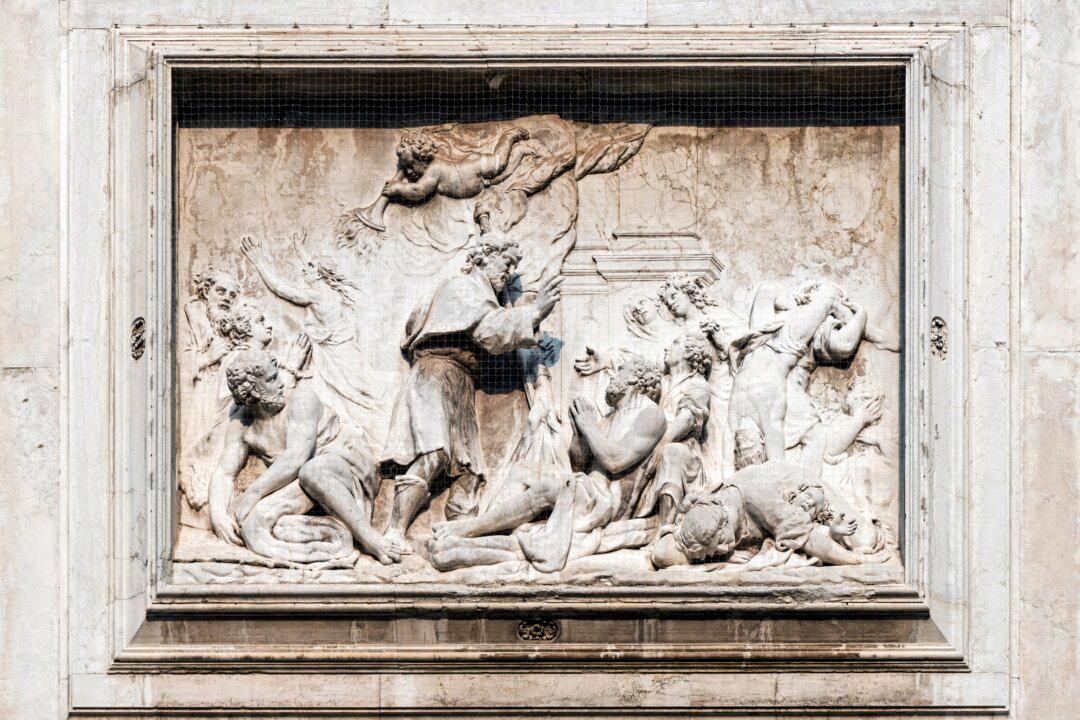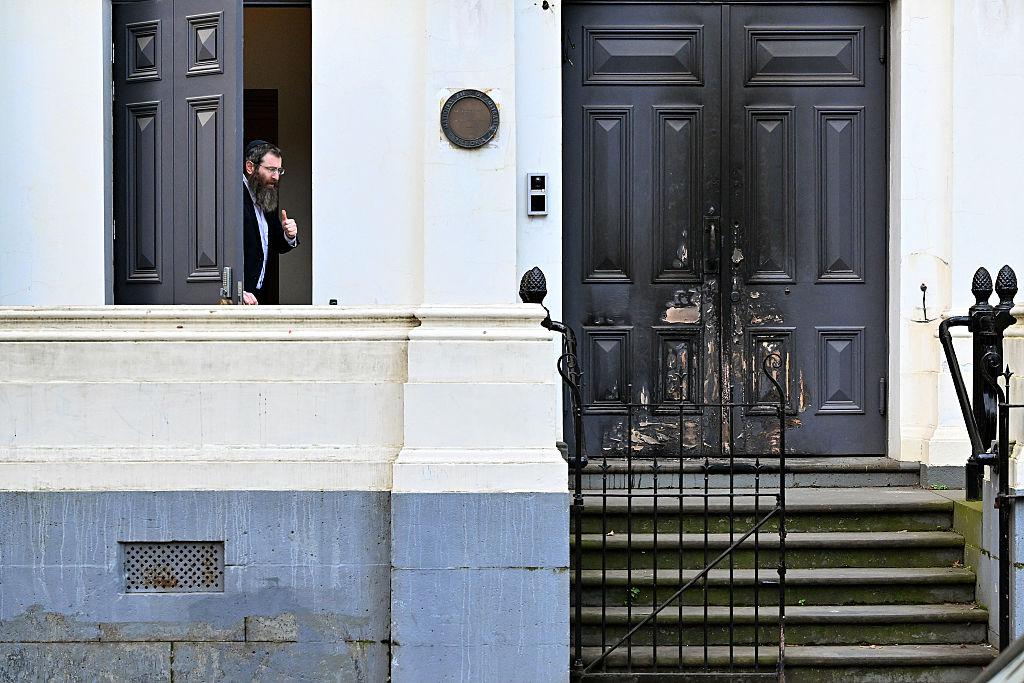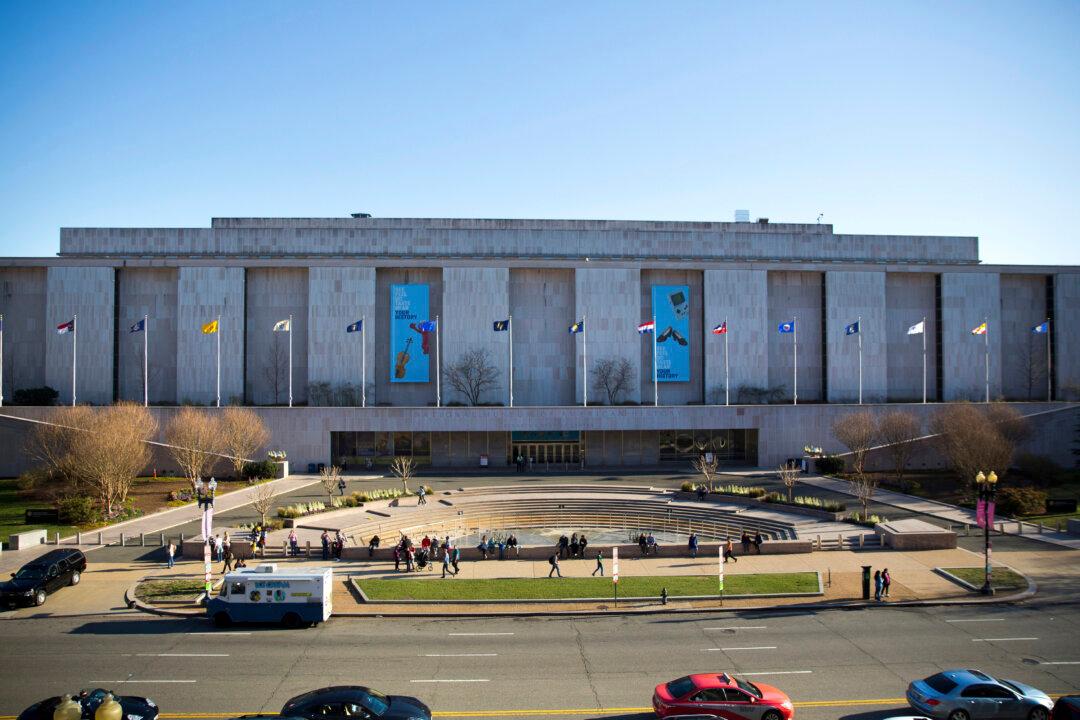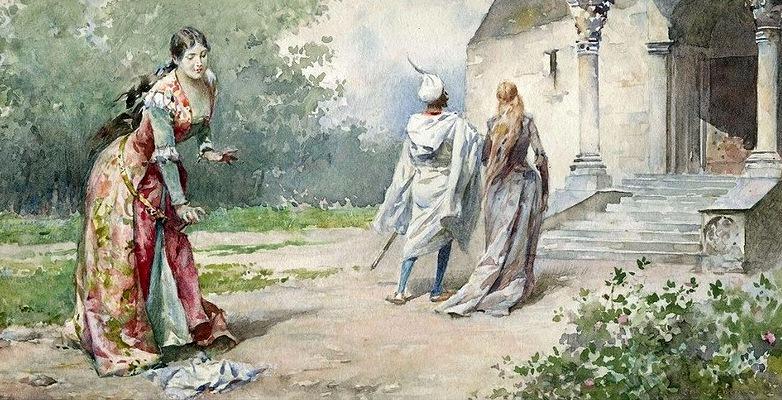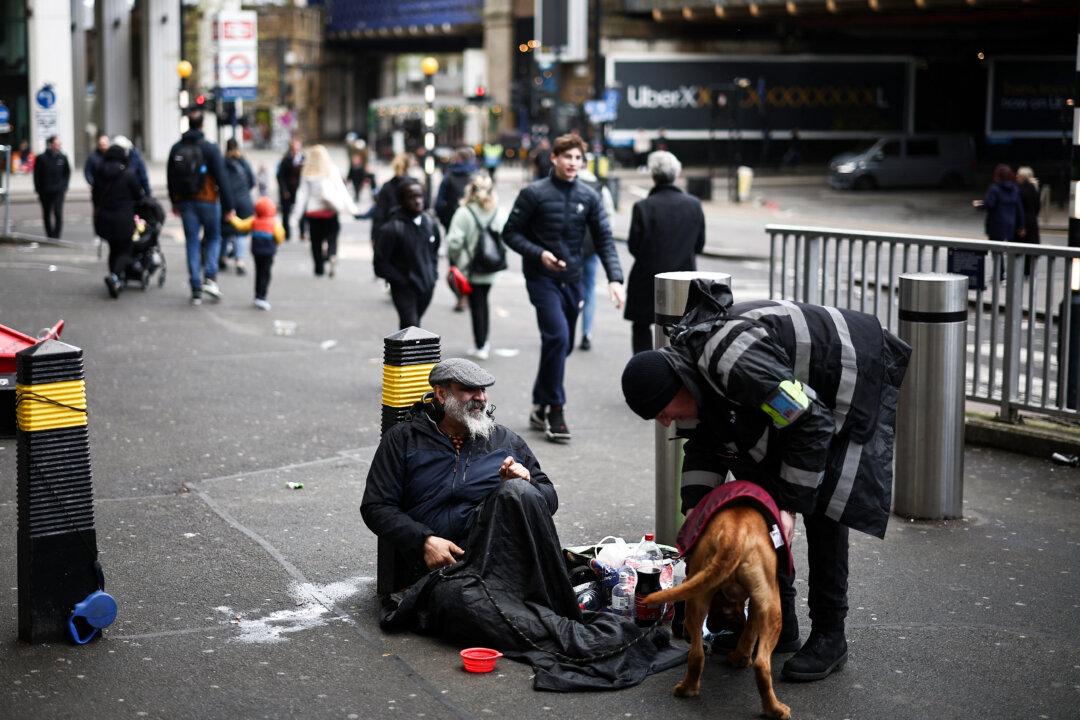Commentary
We have lived through a time of contagion, quarantine, confinement, an invisible enemy, an epicenter of the disease, flight from contaminated towns and cities, the closure of public places, the punishment of the imprudent breakers of regulations, medical controversies, a multiplication of cures, the flourishing of rumors, the disruption of funerary ceremonies, the fear of strangers, tensions under lockdown, closed churches, increased intrafamilial violence, threats against those who illicitly frequent the ill, times of abnegation, solidarity, generosity, and sacrifice, as well as cowardice and selfishness
